[Foreigners Who Loved Korea] The George Fitch family, supporters of Korean independence activists
By Korea HeraldPublished : June 27, 2016 - 14:55
In 1968, the government of the Republic of Korea bestowed the Order of Independence Merit for National Foundation unto the missionary George Ashmore Fitch (Korean name: Bi Oh-saeng). Fitch was none other than the Suzhou-born U.S. missionary who had provided a meeting place for Korean independence activists in Shanghai, China in 1919, acted as director of the Korean Relief Society and adviser to Inseong School in the 1920s and provided refuge to Kim Gu after Yun Bong-gil’s patriotic deed at Hongkou Park in 1932. His importance to the movement was such that the Independent featured an article on the news of “Reverend Fitch’s Death” in 1923. Who was George Ashmore Fitch?
Encounter with Koreans
The Rev. Fitch was born in Suzhou, China to Presbyterian missionaries George Field Fitch and Mary McLellan Fitch as the third child in a family of two sons and three daughters.
Since he was given his father’s name with only a differing middle name, there have been many instances where the activities of father and son have been confused. In order to know who the George A. Fitch who aided the Korean independence movement was, there is a need to distinguish father from son.
George F. Fitch was born in Avon, Ohio in the U.S. on Jan. 28, 1845 and graduated from Adelbert College (now Case Western Reserve University). After graduating from the Presbyterian Lane Theological Seminary, he moved to Shanghai in 1870 under the conviction to dedicate his life to serving as a missionary in China.
Encounter with Koreans
The Rev. Fitch was born in Suzhou, China to Presbyterian missionaries George Field Fitch and Mary McLellan Fitch as the third child in a family of two sons and three daughters.
Since he was given his father’s name with only a differing middle name, there have been many instances where the activities of father and son have been confused. In order to know who the George A. Fitch who aided the Korean independence movement was, there is a need to distinguish father from son.
George F. Fitch was born in Avon, Ohio in the U.S. on Jan. 28, 1845 and graduated from Adelbert College (now Case Western Reserve University). After graduating from the Presbyterian Lane Theological Seminary, he moved to Shanghai in 1870 under the conviction to dedicate his life to serving as a missionary in China.
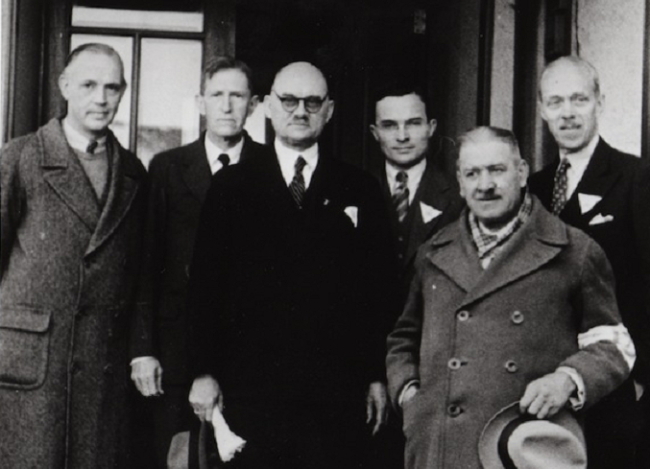
Consequentially, in 1888 he became chairman of the Chinese branch of the U.S. Presbyterian Board of Foreign Missions. The same year he also became editor of the Chinese Recorder, a monthly that dealt with liberal theology and Chinese nationalism. He became acquainted with the unknown world of Korea while meeting Yun Chi-ho in November 1893.
It was through the Mission Book Company that George F. Fitch was given the chance to truly get to know Koreans. Yeo Un-hyeong, who had studied at the Nanking Academy (present-day Nanjing University), was active in the Mission Book Company’s Commissioned Sales Department. Meeting with Yeo, Field learned about the oppressive reality of Japanese colonial rule over Korea and afterwards introduced Yeo to his son who held Bible study sessions with Chinese and foreigners.
Supporting Korean independence despite Japanese surveillance
George F. Fitch began to be surveilled by the Japanese Consulate-General in Shanghai after actively participating in the Korean Red Cross Society reestablished under An Chang-ho, the general secretary of the Ministry of Home Affairs of the Provisional Government of Korea (KPG).
Despite this, he promoted the collection of donations and relief aid when the Korean Relief Society ran into difficulties with its fund-raising. Even at the old age of 75, he began fund-raising activities at Korean Presbyterian Church of San Francisco in April 1920, and lavished financial support as a member of Inseong School’s Fundraising Advisory Committee.
Although the Japanese Consulate-General expressed their diplomatic “sympathies” to the U.S. Consulate-General in Shanghai, this did not stop George F. Fitch from aiding Koreans. He died at his home at Shanghai on Feb. 17, 1923 at the age of 78 and was buried in Huaihai Park.
Next generation takes the lead
The elder Fitch’s interest in the Korean Independence movement deeply influenced his son. While George F. Fitch worked as a missionary, he sent his son George Ashmore Fitch to be educated in the U.S. in 1900. After graduating the College of Wooster in Ohio in 1906, George A. Fitch attended Union Theological Seminary in New York and was ordained a minister.
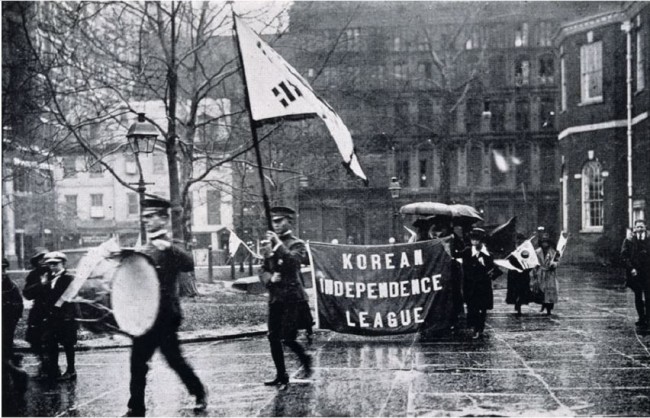
After arriving in Shanghai in 1909, George A. Fitch became head executive secretary of the YMCA and led weekly Bible study sessions on Wednesday evenings, which saw the participation of Chinese Guomindang leaders such as Sun Yat-sen, Tang Shaoyi, Wang Ch’ung-hui and famous businessmen such as Charlie Soong, C.C. Nieh, and H.Y. Moh. He also expanded his activities as a founding member of the Rotary Club in Shanghai.
When the Manchurian Incident occurred and the Japanese invasion of China began in earnest, George A. Fitch took the lead in supporting the anti-Japanese struggles of China and Korea. When the Japanese police began to inspect the Koreans in Shanghai’s French Concession immediately after the patriotic martyrdom of Yun Bong-gil, the leaders of the KPG, starting with Kim Gu, had no choice but to search for refuge to escape arrest. At the time, George A. Fitch concealed them in the second floor of his own home for an entire month.
Exposing Japan’s brutality
With his appointment as head executive secretary of the Nanjing YMCA in September 1936, George A. Fitch left Shanghai, where he had been active for 27 years. Within a year after his arrival, the Japanese started the second Sino-Japanese War and occupied the Guomindang government’s capital of Nanjing. The Japanese troops conducted a large-scale massacre of soldiers and civilians alike.
Hence, George A. Fitch established a safety zone to protect people from these atrocities with president of the Nanjing branch of the Siemens AG company John Rabe and American professor at Nanjing University Miner Searle Bates. Forming an international committee, George A. Fitch alerted the world of the tragedy occurring at Nanjing and exposed the brutality of the Japanese.
In addition, he also supported projects that improved the lives of Koreans in the U.S. When Hawaiian authorities began a redevelopment project at a cost of about 2 million won, George A. Fitch arranged negotiations with them for the redevelopment of Korean residential areas while also taking part in fund-raising for the project.
When the Guomindang government moved to Chongqing, George A. Fitch followed and became head executive secretary of the Chongqing YMCA.
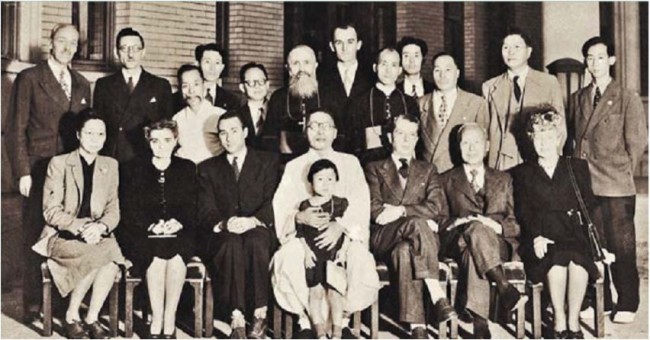
In addition, in April 1941, Koreans in the U.S. held the Overseas Korean Convention in Honolulu, Hawaii and organized a resident U.S. Diplomatic Commission exclusively charged with diplomatic dealings with the U.S. At the time, Syngman Rhee, who would later become the first president of South Korea, established the Korean-American Association and the Korean Christian Friends of Korea Society in order to support his diplomatic policies toward the U.S., and George A. Fitch and his wife joined both societies. He also arranged for independence activists such as Jo So-ang whom he had known since the 1920s to meet with Quo Tai-chi, Foreign Minister of the Guomindang government, and corresponded with Guomindang to request the Chinese recognition of the KPG.
Leaving behind great contributions
During World War II, George A. Fitch joined in on transportation activities on the Burma Road linking Chongqing, China and Yangon, Burma. He also conveyed information on the Guomindang government and KPG to the U.S. Office of Strategic Services (which is now the CIA) and aided in the operation to invade China.
In 1944, he was transferred to Lanzhou as head executive secretary of its YMCA, and resigned from his post after the war ended in 1945. Afterwards, he acted as the officer of the United Nations Relief and Rehabilitation Administration to China for the postwar rebuilding.
In July 1947, George A. Fitch received a warm welcome from Syngman Rhee and Kim Gu for aiding the Korean independence movement when he was dispatched to Korea as head executive secretary of its YMCA. As he had established YMCA meeting halls everywhere around the country and distributed relief aid supplies for two years, a warm welcome was a matter of course.
In 1951, Ashmore resigned as head executive secretary of Korea’s YMCA and served as adviser to the physics department of Tamkang University in Taiwan from 1958 to 1963. In 1963, he returned to Claremont, California, and died in his home at the age of 96.
His wife walks the same path
Geraldine Townsend Fitch, who became George A. Fitch’s wife in 1924 when she remarried, also aided the Korean independence movement along with her husband and the elder Fitch. Geraldine Fitch toured North America in the 1940s, supporting American recognition of the KPG.
She participated as a backer of the Korean-American Association in the Korean Liberty Conference held in Washington in February 1942, and reported widely on the Korean independence movement and the KPG’s activities, as well as the illegal occupation of Korea by Japan in the New York Times and other media.
In addition, she met Kim Yong-jung and discussed the direction of support for the Korean independence movement. When the U.S. pursued a non-recognition policy of the KPG based on William R. Langdon’s “Some Aspects of the Question of Korean Independence” memorandum in 1942, Geraldine wrote to Cordell Hull, then U.S. Secretary of State, to prevent the measure.
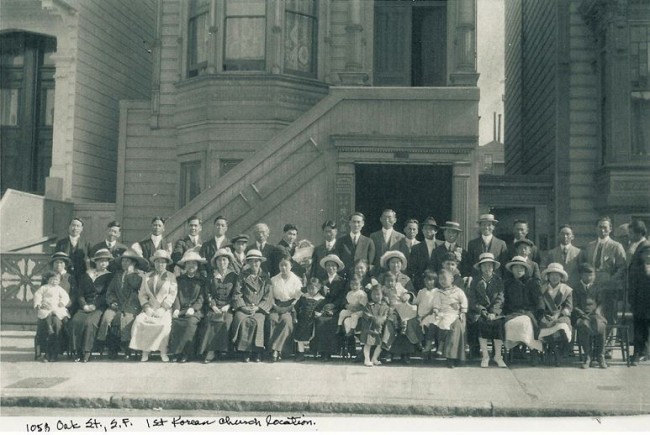
Thus, the father George F. Fitch, son George A. Fitch and Geraldine Townsend Fitch were foreigners with unique histories of supporting the Korean independence movement. They open one’s eyes anew to the fact that the spirit of Korean independence was the restoration of peace and freedom.
By Kim Joo-sung
The Independence Hall of Korea Researcher
In Korea’s turbulent path toward independence and nation building, there were foreign nationals who stood steadfastly by the Korean people, although their contributions have been largely overshadowed by those of Korean patriots. The Korea Herald, in partnership with the Independence Hall of Korea, is publishing a series of articles shedding light on these foreigners, their life and legacies here. This is the 17th installment. -- Ed.
-
Articles by Korea Herald









![[Kim Seong-kon] Democracy and the future of South Korea](http://res.heraldm.com/phpwas/restmb_idxmake.php?idx=644&simg=/content/image/2024/04/16/20240416050802_0.jpg&u=)




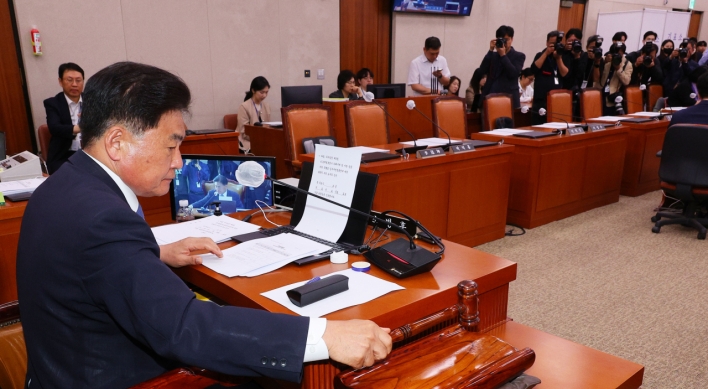

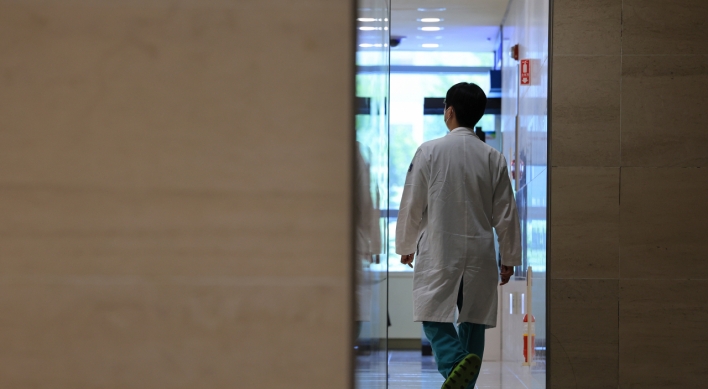


![[Today’s K-pop] Zico drops snippet of collaboration with Jennie](http://res.heraldm.com/phpwas/restmb_idxmake.php?idx=642&simg=/content/image/2024/04/18/20240418050702_0.jpg&u=)